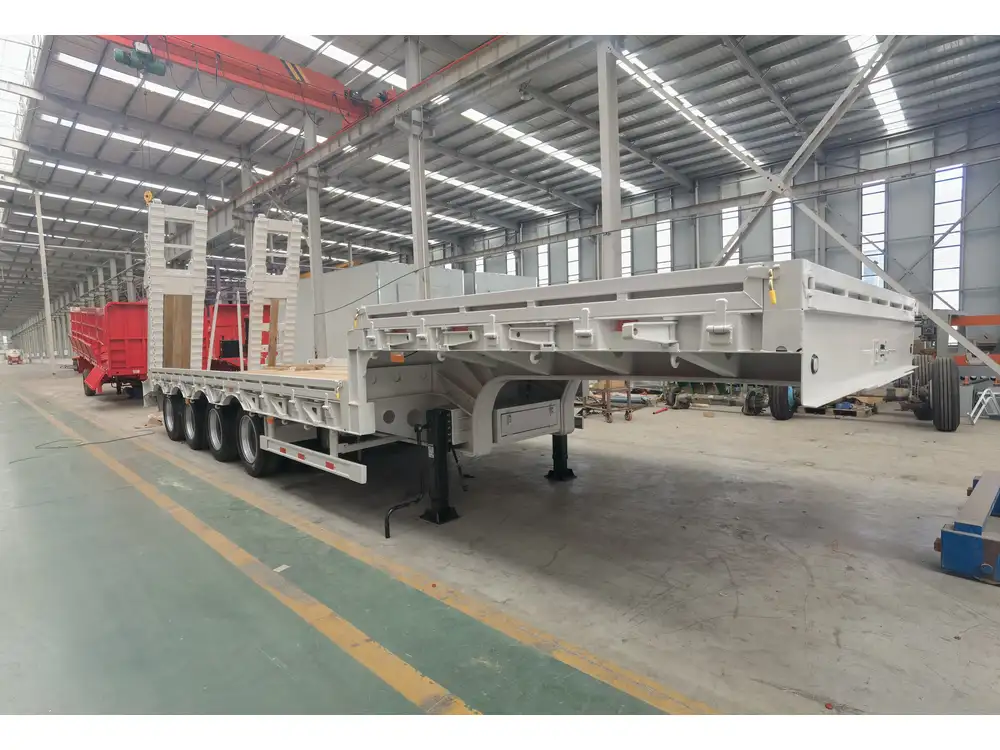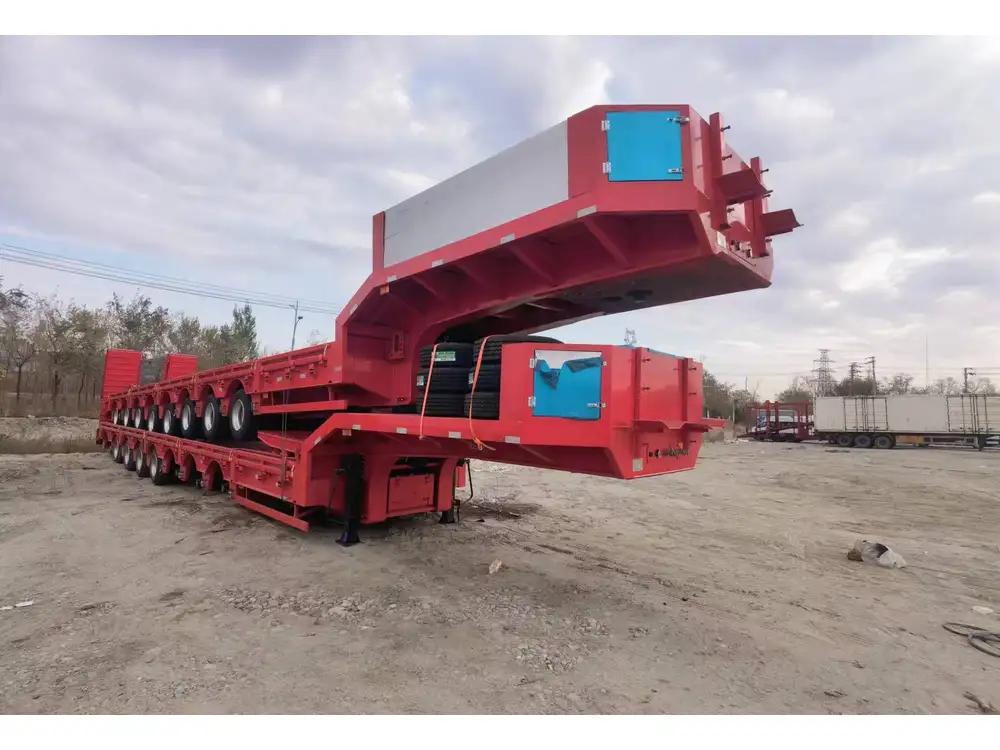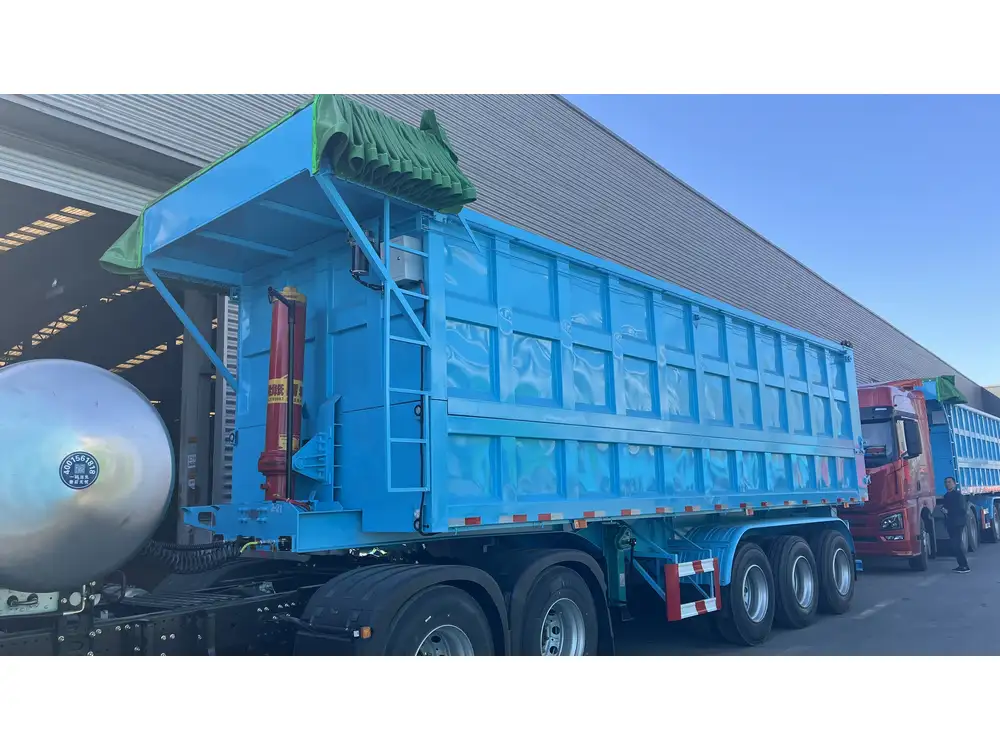When it comes to transporting vehicles, selecting the right car trailer is of utmost importance. One critical factor that influences this decision is the width of the car trailer. In this detailed exploration, we will dissect the nuances surrounding car trailer dimensions, specifically focusing on the width, its implications for usability, compatibility with various vehicles, and the regulatory considerations that come into play.
The Standard Width of Car Trailers
Common Dimensions:
Car trailers typically come in standardized widths that cater to a diverse range of vehicles. The most common widths for car trailers are:
| Trailer Type | Width (feet) | Width (inches) | Typical Usage |
|---|---|---|---|
| Open Car Trailers | 6 to 8 feet | 72 to 96 inches | Transporting sedans, SUVs, and pickups |
| Enclosed Car Trailers | 7 to 8.5 feet | 84 to 102 inches | Protection from the elements, high-value cars |
| Custom Trailers | Varies | Varies | Specialized requirements for specific vehicles |
Note: While the world outside may seem to impose limitations, custom-built trailers can be designed to fit unique requirements, enabling the transportation of wider vehicles or unconventional loads.

Implications of Width on Usability
The width of a car trailer does not only affect how many vehicles it can accommodate, but also influences its maneuverability, stability, and overall ease of use. Here are some considerations:
Vehicle Compatibility:
- Wider car trailers can transport larger vehicles, like high-end SUVs and pickup trucks. However, it’s crucial to verify that your vehicle fits comfortably within the trailer’s width.
Loading and Unloading:
- A wider trailer often allows for easier loading and unloading, as there’s more room to maneuver. If your car is equipped with added accessories or is lowered to the ground, a wider trailer may provide you with better access.
Stability During Transit:
- Wider trailers generally offer better stability while towing, providing additional safety on winding roads or in inclement weather. This is particularly vital when transporting valuable vehicles.
Regulatory Considerations
Understanding the legal limitations regarding trailer width in your region is essential. Here is a brief overview of some regulations you may encounter:
Federal Regulations: In the United States, the Department of Transportation (DOT) typically establishes specified maximum trailer widths. For instance:
- The standard width for a trailer is capped at 8.5 feet (102 inches) for vehicles operating on public roads.
State Regulations: Different states may have additional specifications. For example, some states impose lower width restrictions for various types of roads. Always check with local traffic authorities for up-to-date information.
Table of Common Width Regulations by State
| State | Max Width (inches) |
|---|---|
| California | 102 |
| Texas | 102 |
| Florida | 102 |
| New York | 102 |
| Illinois | 102 |
Recommendation: Understanding these nuances can save towing companies and owners a significant amount of time and legal woes. Following regulations is crucial to ensure safety on the road.

Factors Influencing Trailer Width Selection
1. Vehicle Type and Size
When selecting a trailer, the first consideration should be the type and size of the vehicles you plan to transport. Here’s a breakdown to aid your decision:
- Compact Cars: Typically require narrow trailers, widths between 6-7 feet suffice.
- Sedans and SUVs: Require broader options, often around 7-8 feet, to accommodate various sizes.
- Trucks and Larger Vehicles: Tend to necessitate extra-wide options, often exceeding 8 feet.
2. Stability Requirements
A wider trailer generally enhances stability. This is especially true when towing on uneven terrain or navigating through tight spaces. Here’s how to ensure optimum stability:
Suspension Type: A well-designed suspension system can add to the trailer’s stability, regardless of width.
Wheelbase: A longer wheelbase can provide improved stability, complementing a wider width.

3. Towing Capacity
The towing vehicle’s capacity plays a critical role when selecting a wide trailer. It’s vital to ensure that the towing vehicle can handle the combined weight of both the trailer and the load. Oversizing the trailer can lead to a myriad of problems, including:
Increased Fuel Consumption: Towing a wider, heavier trailer can lead to more fuel consumption.
Wear on the Towing Vehicle: Excess weight might strain the towing vehicle’s engine and brakes.
Frequently Overlooked Considerations
Accessories and Additions
Loading Ramps: Ensure that ramps match the trailer’s width and are adequate for loading and unloading.
Tie-Down Points: Check if the trailer offers convenient tie-down points compatible with your vehicle type and width.

Terrain Challenges
Consider the environments where you’ll typically be operating. Wider trailers can be cumbersome in certain conditions. Analyze:
Tight Spaces: Streets with limited space may not be well-suited for wider trailers.
Filling Station Accessibility: Ensure multiple gas stations or rest areas accommodate wider vehicles.
Cost Implications
Price Differences: Wider car trailers often come with a higher price tag. Also, insurance premiums can be influenced by a broader trailer’s associated risk factors.
Resale Value: Many consumers prefer standard-size trailers, potentially affecting resale value in the future.
Maintenance Wear
Wider trailers may face different wear and tear patterns. Inspect regularly for:
Tire Wear: Uneven tire wear can indicate alignment issues, more common with broader setups.
Frame Integrity: Increased stress on a wider frame may render it more susceptible to damage.

Conclusion: Making an Informed Decision
Choosing the right car trailer width is more than just a matter of personal preference; it’s about ensuring safety, compliance, and functionality for your specific needs. By carefully considering vehicle sizes, regulatory requirements, and the unique terrain challenges you face, you can select a car trailer that not only serves its purpose well but also adds to your overall efficiency and peace of mind during transportation.
In wrapping up, it is crucial to take a holistic approach when selecting the right car trailer width. By leaning on these detailed insights and recommendations, you can navigate the complexities of trailer selection with confidence, ensuring every trip is a success.



